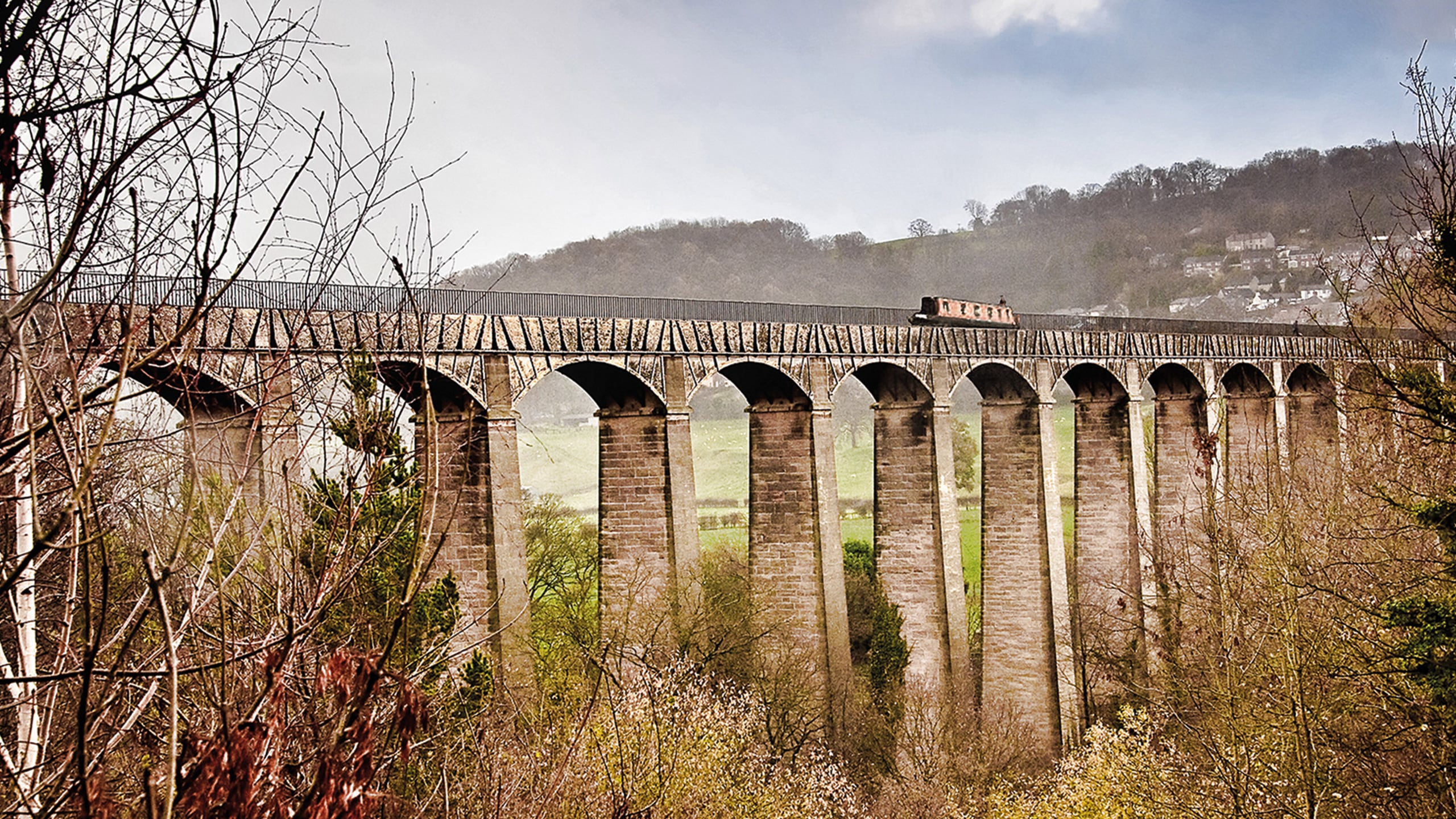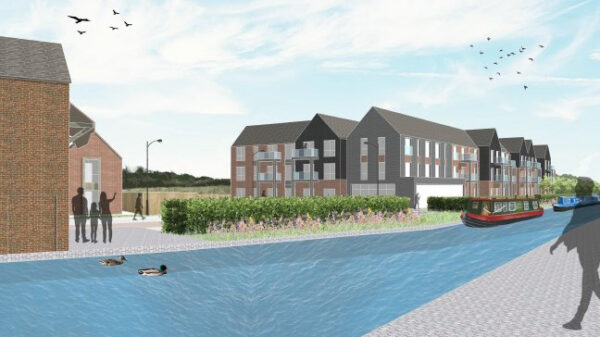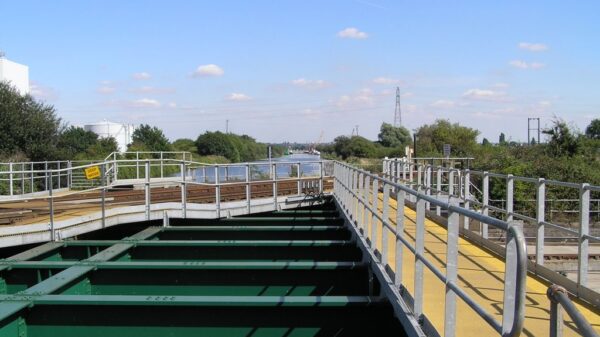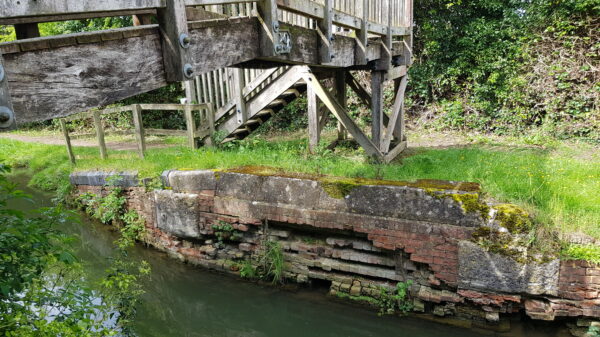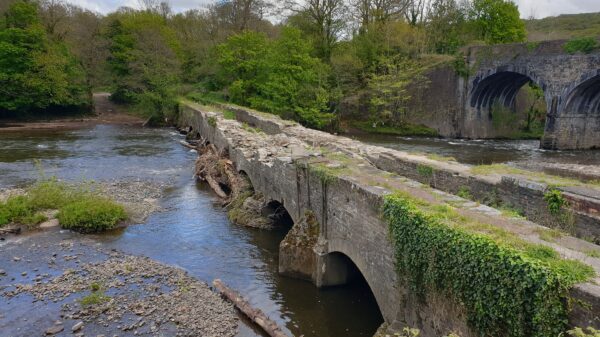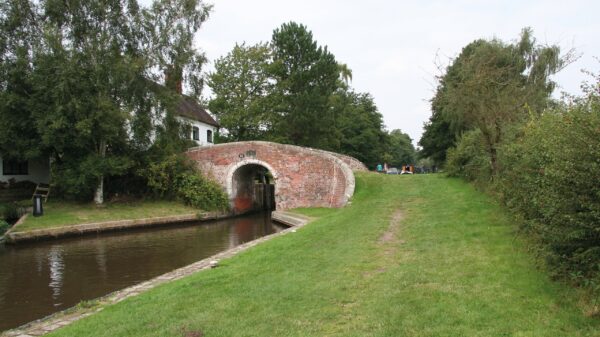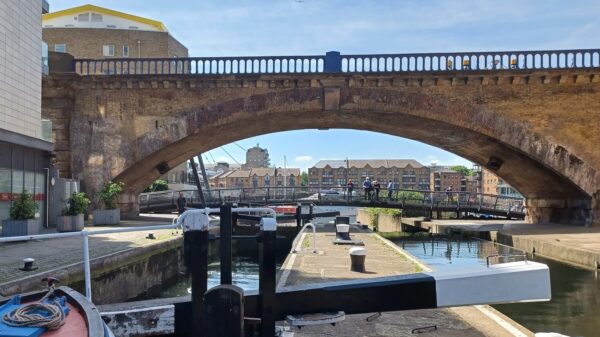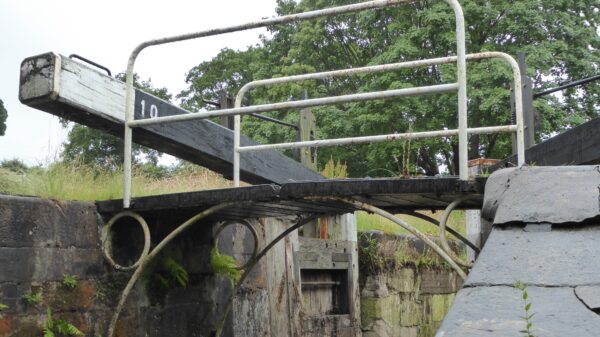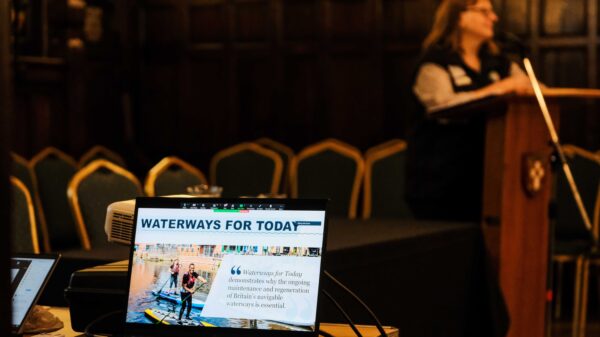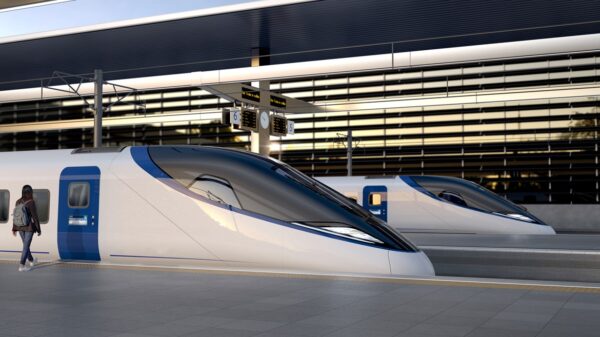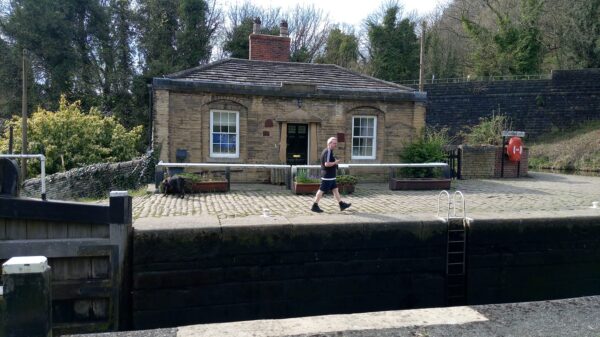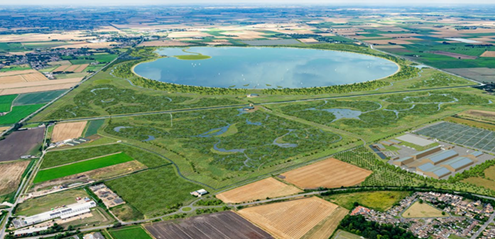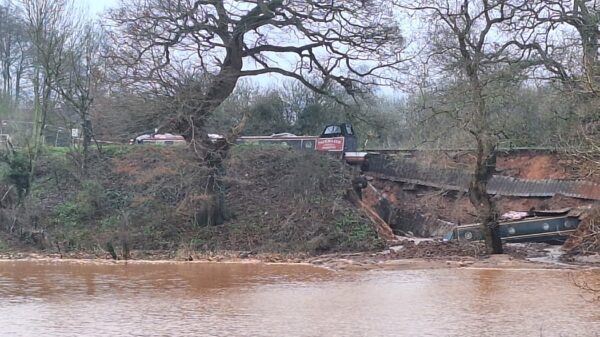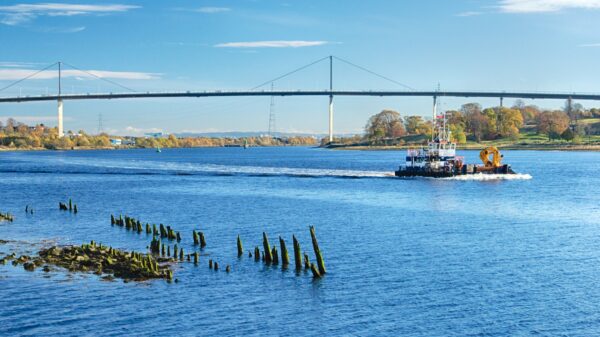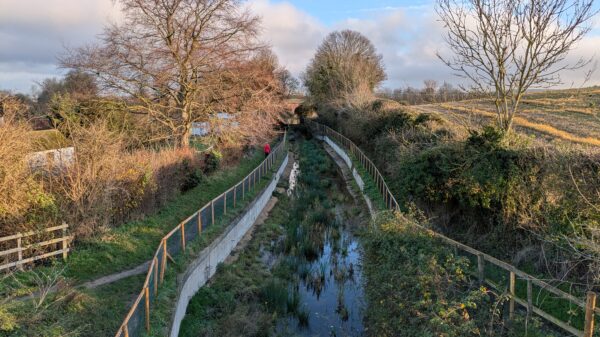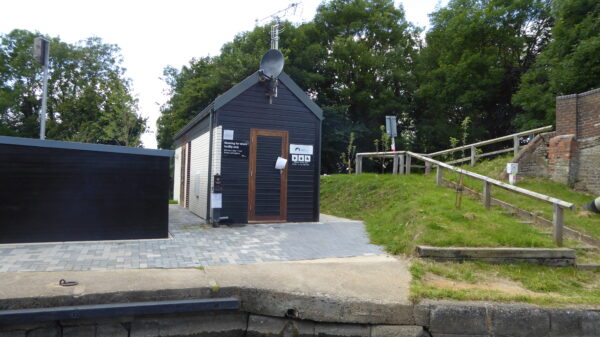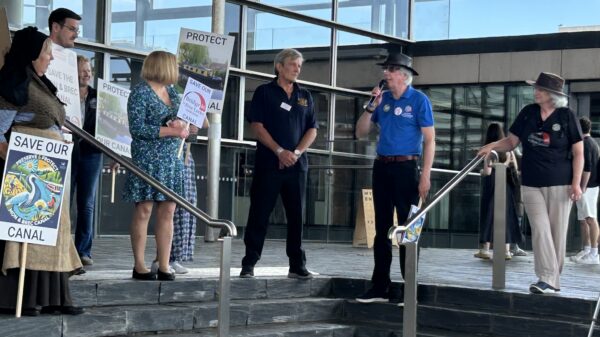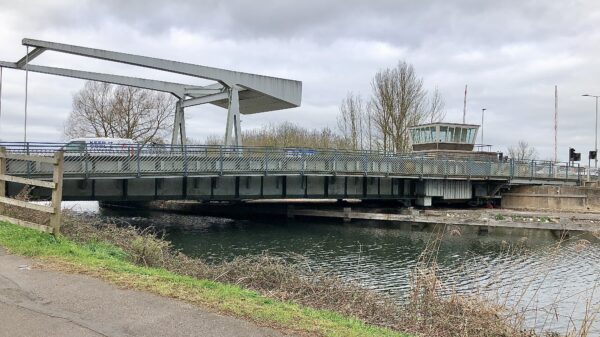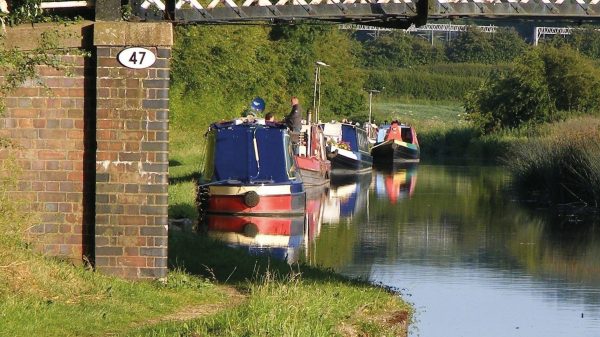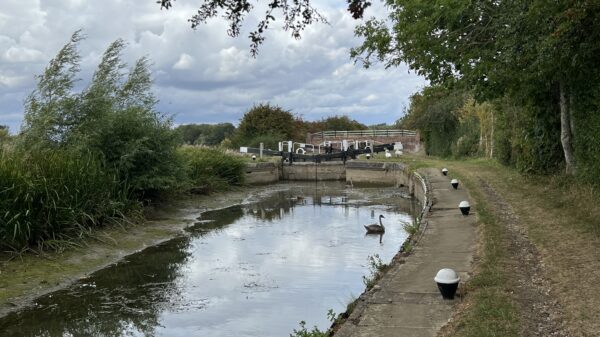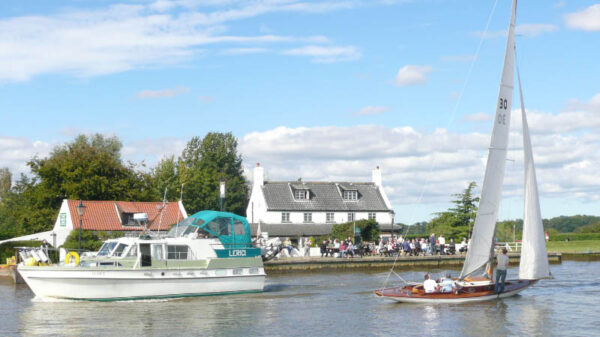In the 66 years since Robert Aickman published his Seven Wonders of the Waterways, hundreds of miles of canal have been restored to navigation. The building of new structures and establishment of waterside developments may have transformed the look and feel of our inland routes, and may be now we would pick some different wonders – but here is the original list
ANDERTON BOAT LIFT
The Anderton Boat Lift (above) is the iconic Victorian structure in Northwich, Cheshire, that links the Trent & Mersey Canal to the River Weaver some 50ft below. Opened in July 1875, it was designed by Edward Leader Williams to assist with the transportation of cargo from inland industries. This included china from the potteries in Stoke-on-Trent and Cheshire salt, that were taken to Liverpool for exportation around the world.
The ingenious solution cut days off the otherwise convoluted route along the Trent & Mersey and Bridgewater canals. Its mechanism was initially powered by steam-driven hydraulics, before being converted to electric operation in 1908. A series of faults saw it close in 1983 after more than 100 years of operation.
As a Scheduled Ancient Monument, demolition was prevented, but the cast iron structure was left to disintegrate. Work began on its restoration in 2000 and just two years later its hydraulic pumps were brought back to life. Boats could once more hop between canal and river with ease.

BARTON SWING AQUEDUCT
Located at Barton-upon-Irwell near Manchester, Barton Swing Aqueduct carries the Bridgewater Canal over the Manchester Ship Canal. The unique, iron structure was built in 1893 but is not the canal’s original solution to traversing the Irwell Valley. The Bridgewater initially crossed the old Mersey & Irwell Navigation on James Brindley’s stone aqueduct, opened in July 1761. However, the construction of the Manchester Ship Canal obliterated the Mersey & Irwell Navigation. Brindley’s arches were too constrained to admit the ocean-going ships that would ply the new canal and it was unceremoniously demolished.
Its replacement, the Barton Swing Aqueduct, was designed by Edward Leader Williams (better known for the Anderton Boat Lift). It was built by Andrew Handyside, a Derby-based iron founder. It uses guillotine gates to seal off water at both ends of the aqueduct. This enables it to be rotated through 90° around a central pivot based on a purpose-built island in the middle of the Manchester Ship Canal. Declining traffic on the Manchester Ship Canal means that the aqueduct and the nearby Barton Road Swing Bridge are rarely swung for tall ships these days. However, they remain in good working order with regular tests.
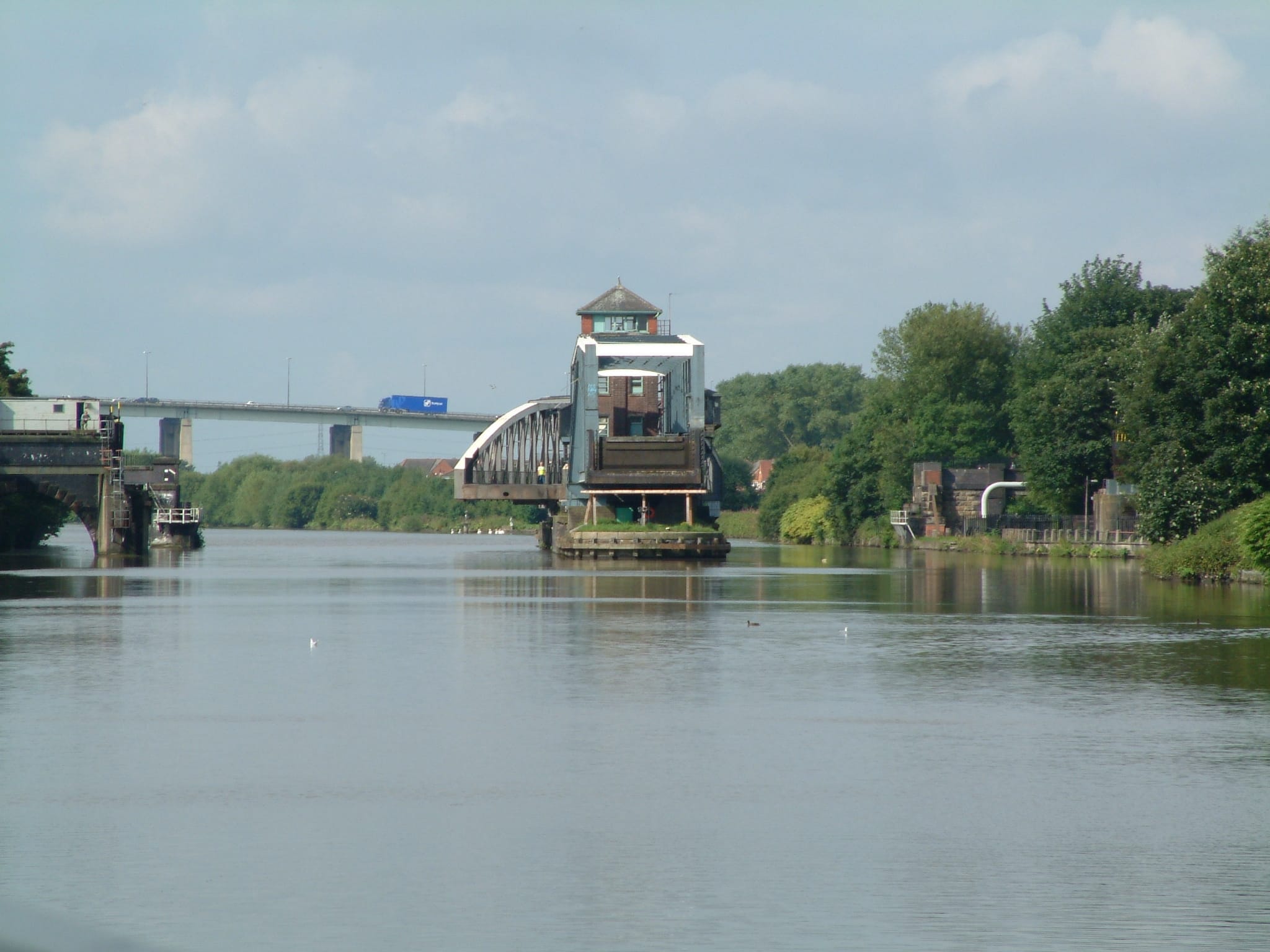
BINGLEY FIVE RISE
The Bingley Five Rive Locks raise the level of the Leeds & Liverpool Canal by 60ft over a distance of around 320ft. It is the steepest staircase flight in the country. Whether viewed from the bottom, looking up the flight, or the top, with vistas over the town, you cannot fail to be impressed. Built in 1774 by John Longbotham, the locks have remained relatively unchanged since.
The sheer scale of the chambers have the power to sometimes intimidate even the most experienced and proficient of boat crews, but lock-keepers are generally on hand to see you along without a hitch. Ascending can take up to an hour, while descending is around half that time. A short way along the canal is Bingley Three Rise, a smaller staircase flight that raises the canal by 30ft. There are 93 locks, including 14 sets of staircase flights, that take the Leeds & Liverpool across the Pennines, climbing more than 400ft in the process.
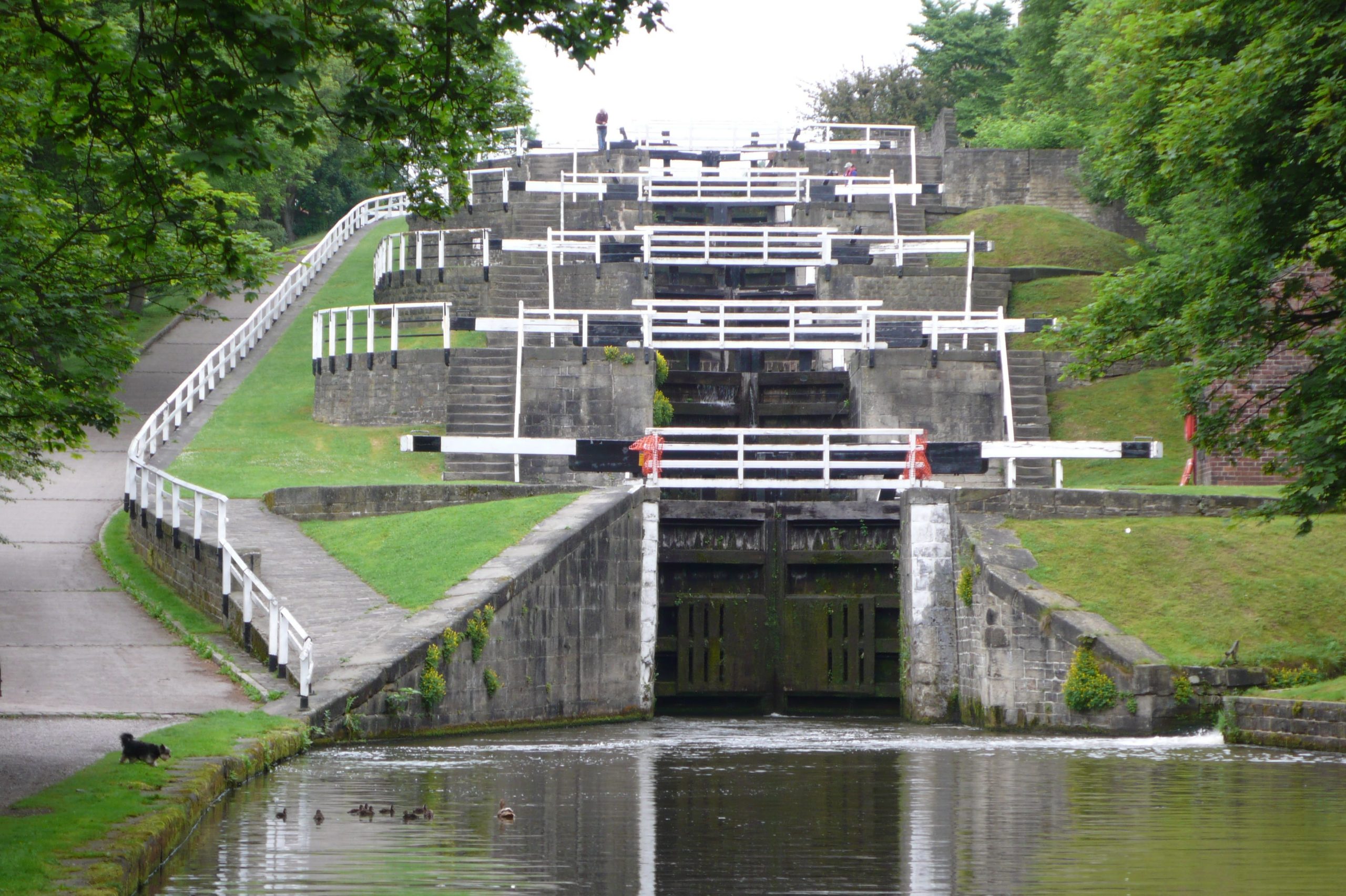
BURNLEY EMBANKMENT
Of all Robert Aickman’s Wonders, Burnley Embankment is the one that many struggle to remember. The marvellous engineering achievement carries the Leeds & Liverpool Canal across the River Calder and its diminutive tributary, the Brun. It provides a truly remarkable panorama of Burnley’s industrial surroundings. The embankment was designed by Robert Whitworth and work started in 1796.
Construction was costly, difficult and involved the mammoth task of transporting around half a million tons of earth from the nearby canal cutting at Whittlefield and tunnel at Gannow by horse and cart. It opened in 1801 and is the largest canal embankment in Britain. It is 1,225 yards long (not quite living up to its local name, Straight Mile) and 60ft high.
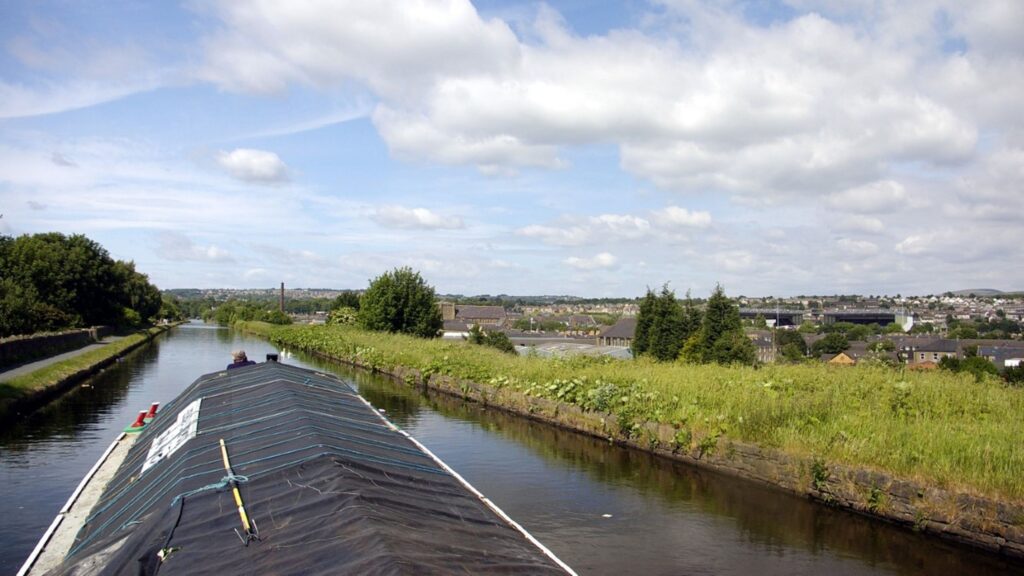
CAEN HILL LOCKS
Situated on the Kennet & Avon Canal, the Caen Hill flight is perhaps best known for its main section. This is a Scheduled Ancient Monument, which is formed by 16 locks that ascend in quick succession. As well as this laborious stretch, there are another six locks at the Devizes (top) end, and seven at Foxhangers. The 29 wide-beam chambers lower or raise the canal by 237ft in the space of 2 miles.
The work of canal engineer John Rennie, the flight was the final project completed prior to the Kennet & Avon’s opening in 1810. It was one of the last restoration challenges to be surmounted before the waterway was reopened in 1990. To resolve serious water supply problems, back-pumping was installed at Foxhangers in 1996. This was designed to return 7 million litres of water per day to the top of the locks. An efficient crew can clear the 16 locks in two hours (and two narrowboats are much quicker than one), but three or even four hours is more usual. The full run of 29 locks can take up to six hours to negotiate.
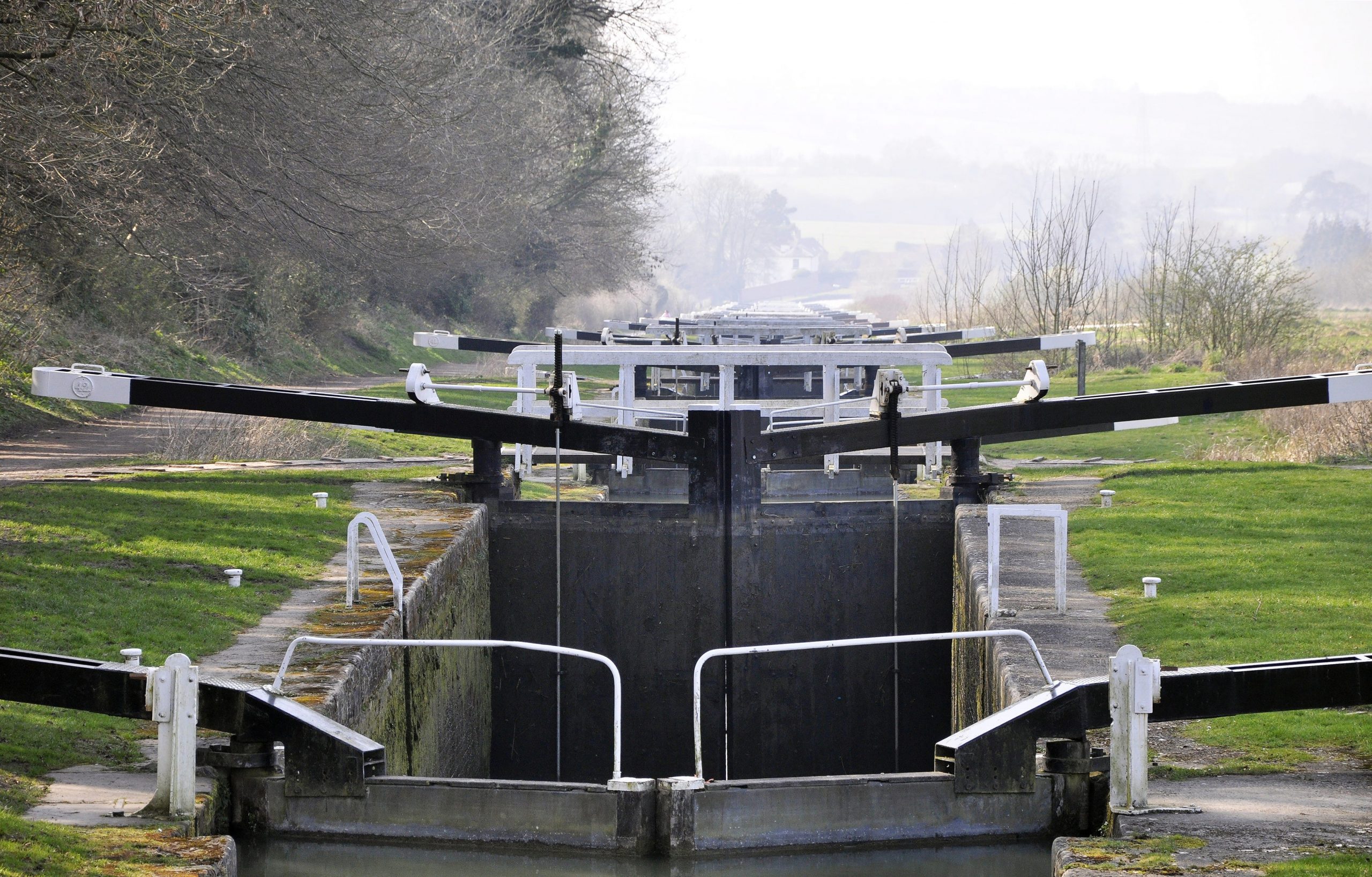
STANDEDGE TUNNEL
Deep beneath the Pennines is Britain’s longest canal tunnel: Standedge. Located on the Huddersfield Narrow Canal near Marsden, the 3½-mile-long bore also lays claim to being the country’s deepest (636ft below the moors) and highest (645ft above sea level) tunnel. These are impressive statistics, especially for a structure that’s more than 200 years old. Standedge Tunnel provides a direct link between Manchester in the west and Huddersfield in the east on the HNC. It took 17 years to build – far longer than expected – and it finally opened in 1811.
Business was initially brisk with around 40 boats passing through each day. The last commercial boat used the tunnel in 1921 and it was closed in 1944. Tom Rolt and Robert Aickman made a final passage in 1948, leading to its inclusion in the Wonders of the Waterways list. The tunnel lay unused for more than 50 years before being repaired and reopened to traffic in 2001.

PONTCYSYLLTE AQUEDUCT
Situated on the popular and picturesque Llangollen Canal, which runs between England and Wales, the Pontcysyllte Aqueduct is a marvel of late 18th-century engineering. It was constructed by Thomas Telford and William Jessop between 1796 and 1805 to carry the canal over the River Dee valley.
The aqueduct measures a record-breaking 1,000ft long and at its highest point is 126ft above the River Dee. There are 19 elegant arches, each with a span of 45ft. To keep the structure as light as possible, the slender masonry piers are partly hollow and taper at their summit. The aqueduct was officially opened on 26th November 1805 when a procession of boats crossed it from the south end at Froncysyllte Basin. Over two centuries later on 27th June 2009, 11 miles of the Llangollen Canal were made a UNESCO World Heritage Site. The centrepiece of this is the Pontcysyllte Aqueduct, itself a Grade I-listed building and Scheduled Ancient Monument.
